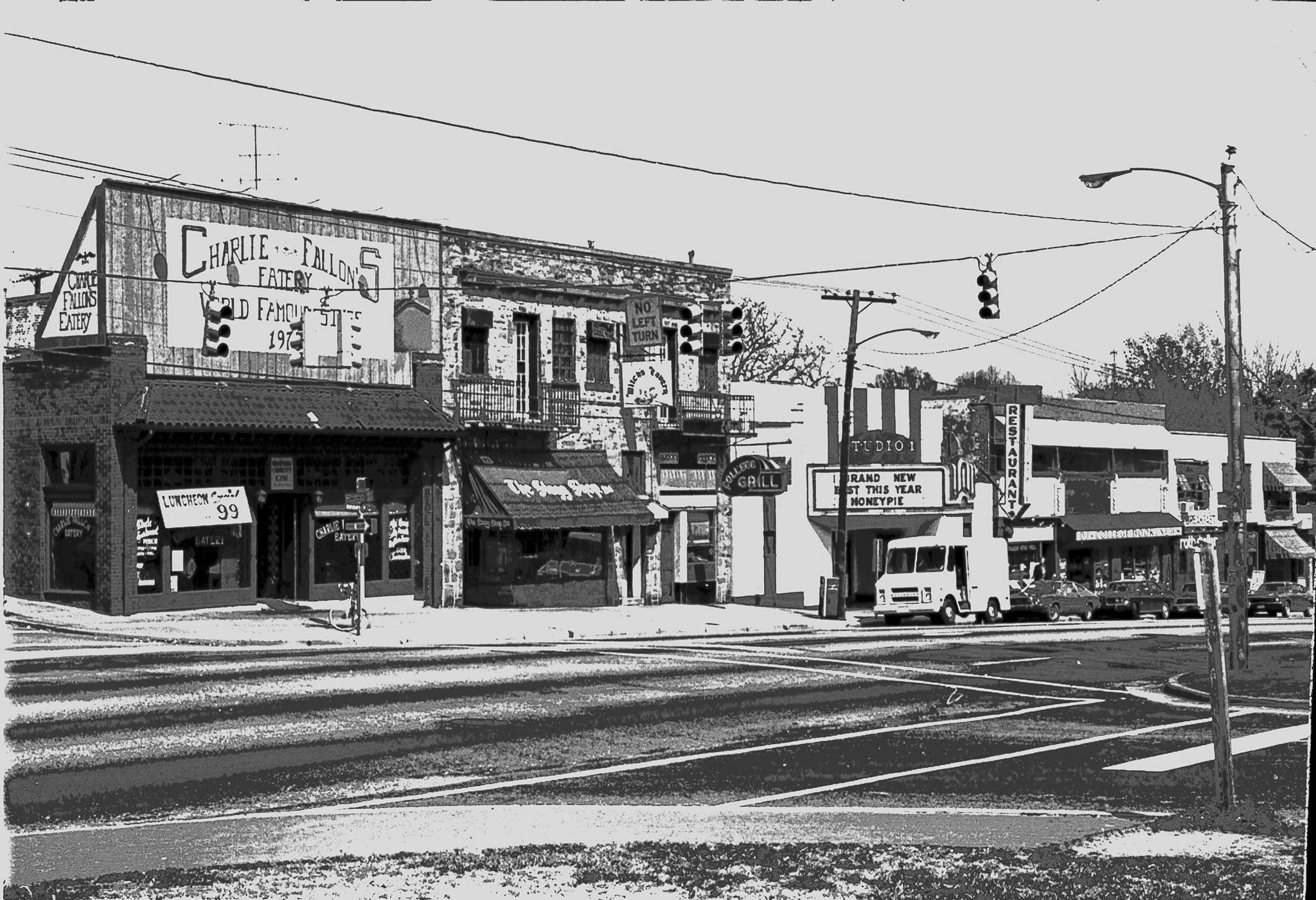Post-Pandemic Development Outlook
By Mayuri Dongre, Economic Development Intern
Updated: September 3, 2021, 12:00pm

Hillsborough Street c. 1970's
In the past year, we have seen many changes in standard operating procedures along Hillsborough Street in response to the pandemic. With students being sent home in the fall and staying away from university campuses, the foot traffic on Hillsborough Street reached lows typically only seen in the summer months, lasting most of 2020, and new developments and construction stagnated for nearly a year.
This began to change as 2020 gave way to 2021. Slowly but surely, administrative site reviews for building plans and approval began to roll into the City of Raleigh as entrepreneurs, business owners, and property managers adjusted to the changes the pandemic and quarantine brought about. Most restaurants and eateries switched to online orders, a no-mask-no-service policy, and installed kiosks. They also added delivery via DoorDash and Uber Eats to cater to a wider audience and uphold safety standards for themselves and patrons.
Overall, recent construction and establishment on Hillsborough Street have been predominantly new residences. This is seen with such projects as 865 W Morgan Street Apts, Cameron Village Condos, and Pullen Hotel, as well as expansions of already existing apartments such as the Uncommon Raleigh. These developments are all new construction plans that are expected to be completed in the next three to five years. The new ventures are headed by JDavis, Ken Thompson, Camden Properties, CA Ventures, Lambert Development, Timmons Group, and White Oak Blue Sky III LLC. This new construction will bring more than 300 additional beds to Hillsborough Street.
Each of the aforementioned plans will be a little more than a stone’s throw from either educational institution’s campus and will likely see a rise in patrons in the coming years. New student residence options are expected to increase the overall pedestrian traffic on Hillsborough Street. These new developments, along with the return of students to their campuses this fall, are signs that the overall economy of Hillsborough Street is beginning to recover, as shown this past July when pedestrian counts were only 2.5% lower than that of pre-pandemic 2019.